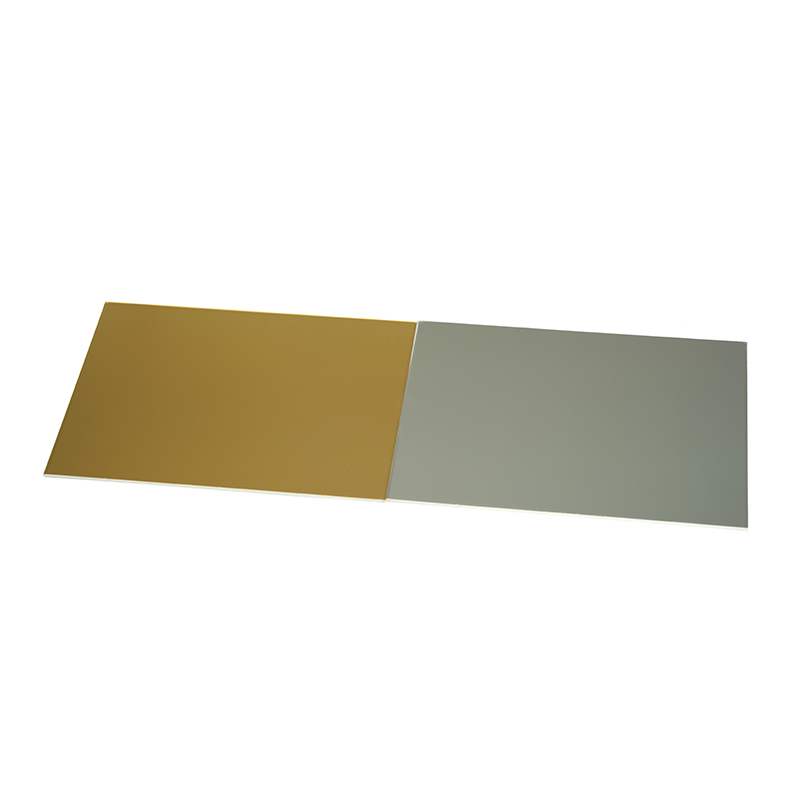In the world of modern architecture, stainless steel composite panels (SSCPs) are making significant strides as an innovative and practical solution for contemporary construction projects. These panels combine the enduring strength of stainless steel with the lightweight benefits of composite technology, offering a range of advantages that enhance both functionality and design.
Composition and Structure
The design of stainless steel composite panels is a technological breakthrough in material science. Each panel is made from two thin layers of stainless steel sandwiching a core material, typically polyethylene or an insulating polymer. This layered composition provides a strong and stable panel that is also lightweight, making it an ideal choice for various construction applications.
The outer layers of stainless steel deliver exceptional durability and corrosion resistance, even in harsh environments. The internal core, usually made from lightweight materials, helps reduce the overall weight of the panel without compromising its structural integrity. As a result, SSCPs offer an excellent alternative to traditional building materials like solid metal sheets or natural stone, which can be both heavier and more expensive to install.
Benefits of Using SSCPs
One of the most notable advantages of SSCPs is their lightweight construction. While traditional stainless steel panels can be cumbersome and difficult to install, the composite design reduces weight significantly. This allows for easier handling, quicker installation, and lower transportation costs. These factors make SSCPs more cost-effective in large-scale projects.
Additionally, SSCPs are extremely durable and can withstand exposure to extreme weather conditions, UV rays, and environmental pollutants. Their corrosion resistance ensures that the panels retain their aesthetic appeal over time, even in coastal or industrial settings where salt and chemicals can degrade other materials.

From an aesthetic perspective, stainless steel composite panels offer versatility in design. They can be customized to fit specific architectural requirements, whether that’s a polished, reflective finish or a more textured, brushed surface. The sleek appearance of stainless steel complements modern architectural styles, making it a popular choice for skyscrapers, airports, shopping centers, and other high-profile projects.
Fire Resistance and Safety
Safety is a major consideration in building materials, and stainless steel composite panels excel in this area. They are engineered to be fire-resistant, with many panels offering flame retardant cores. This makes them suitable for use in high-risk environments, such as commercial buildings and transportation hubs, where fire safety regulations are strict.
Applications of Stainless Steel Composite Panels
SSCPs have a broad range of applications in both commercial and industrial construction. They are commonly used for external cladding, curtain walls, and interior partitions. In addition to architectural uses, SSCPs are found in elevator cabins, airports, metro stations, and commercial signage. Their fire resistance, durability, and corrosion resistance make them an ideal choice for these demanding environments.
Additionally, their ease of maintenance and long-lasting appearance make them suitable for interior applications, such as wall coverings and ceiling panels, where aesthetics and functionality are equally important.